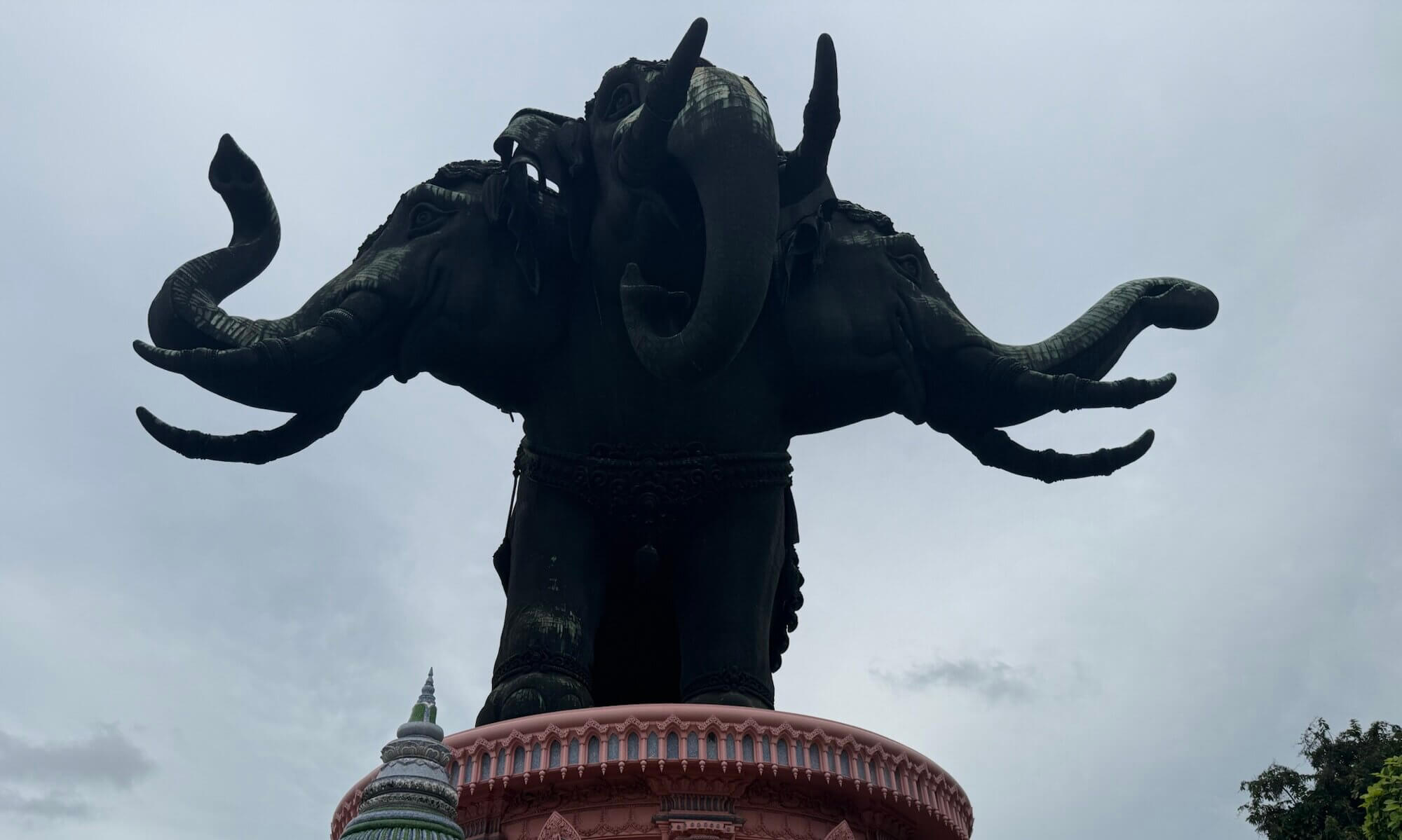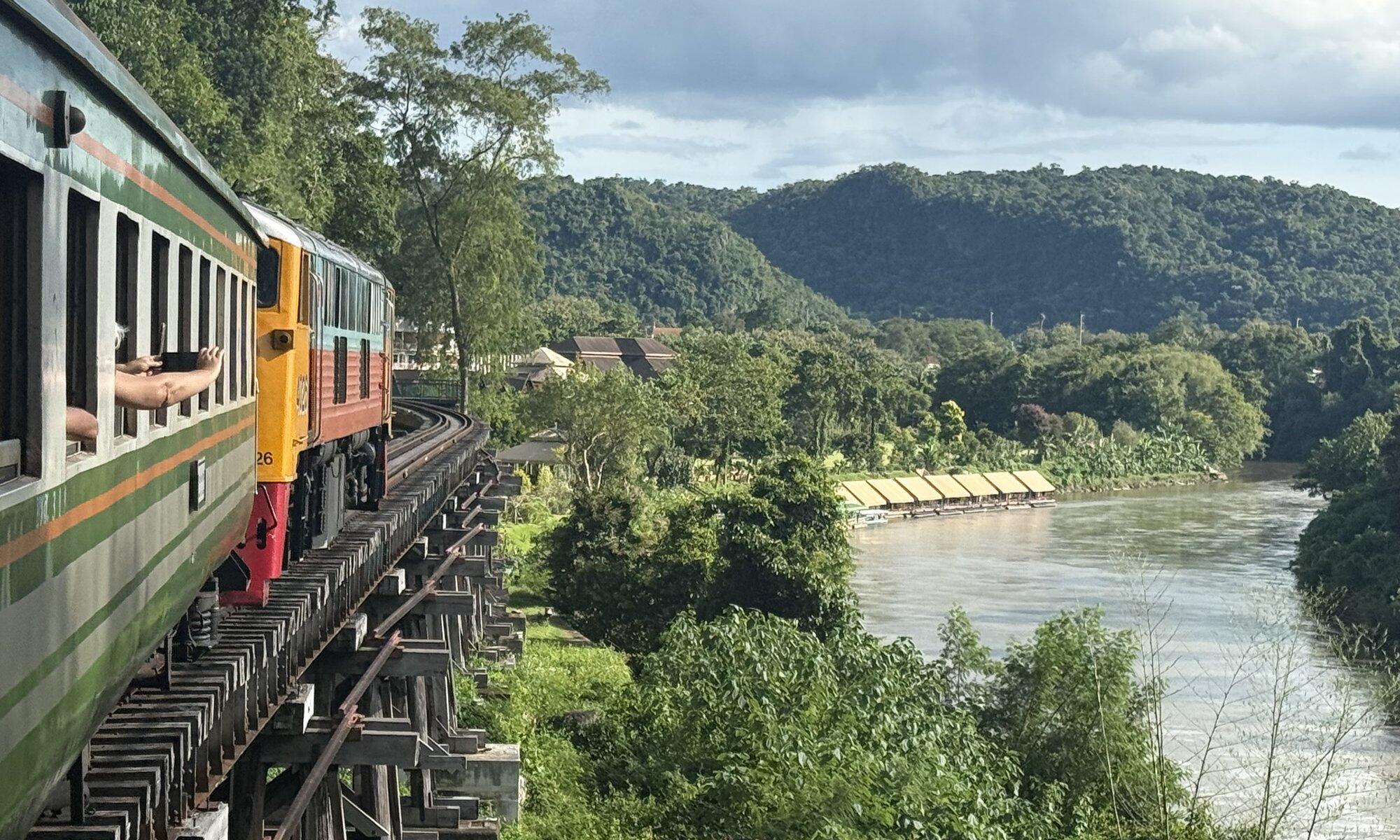The Death Railway, also known as the Burma Railway or the Thai-Burma Railway, is a harrowing chapter in World War II history that illustrates both human suffering and resilience. Built between 1942 and 1943 by the Japanese Empire, the railway was intended to support their military campaign in Burma by connecting Thailand with Burma through dense jungle terrain. The project relied heavily on forced labour, including approximately 60,000 Allied prisoners of war (POWs) and over 200,000 Asian labourers, often referred to as ‘romusha‘. Faced with brutal conditions, malnutrition, disease, and physical abuse, thousands perished during the construction, hence the grim epithet ‘Death Railway‘.
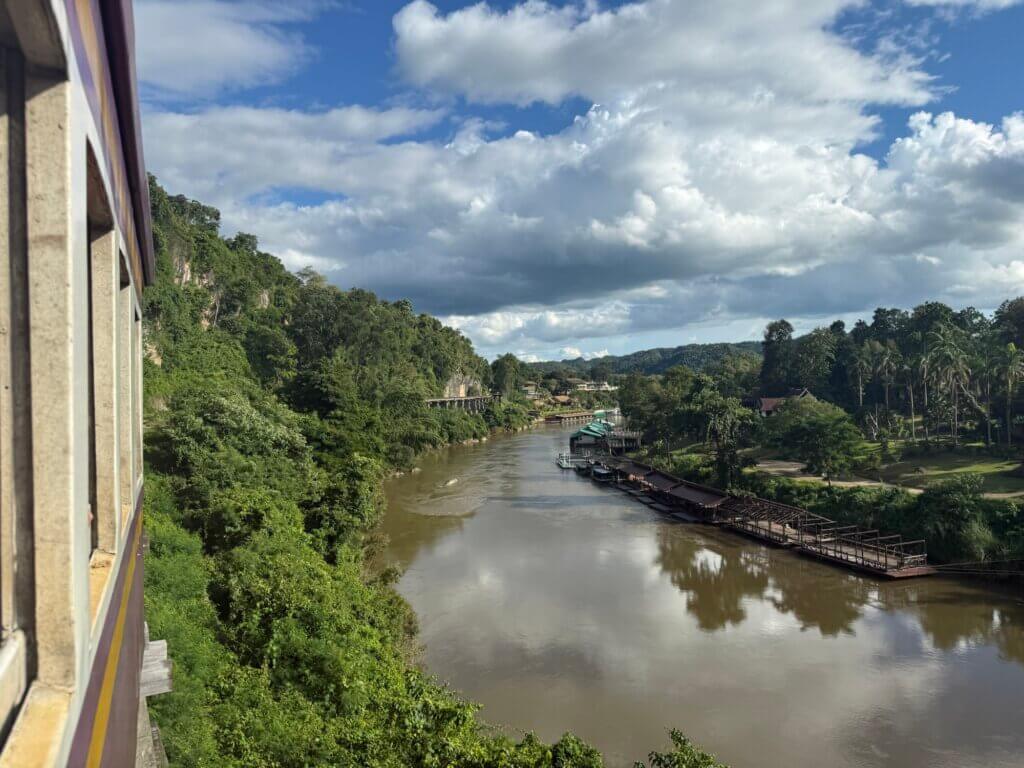
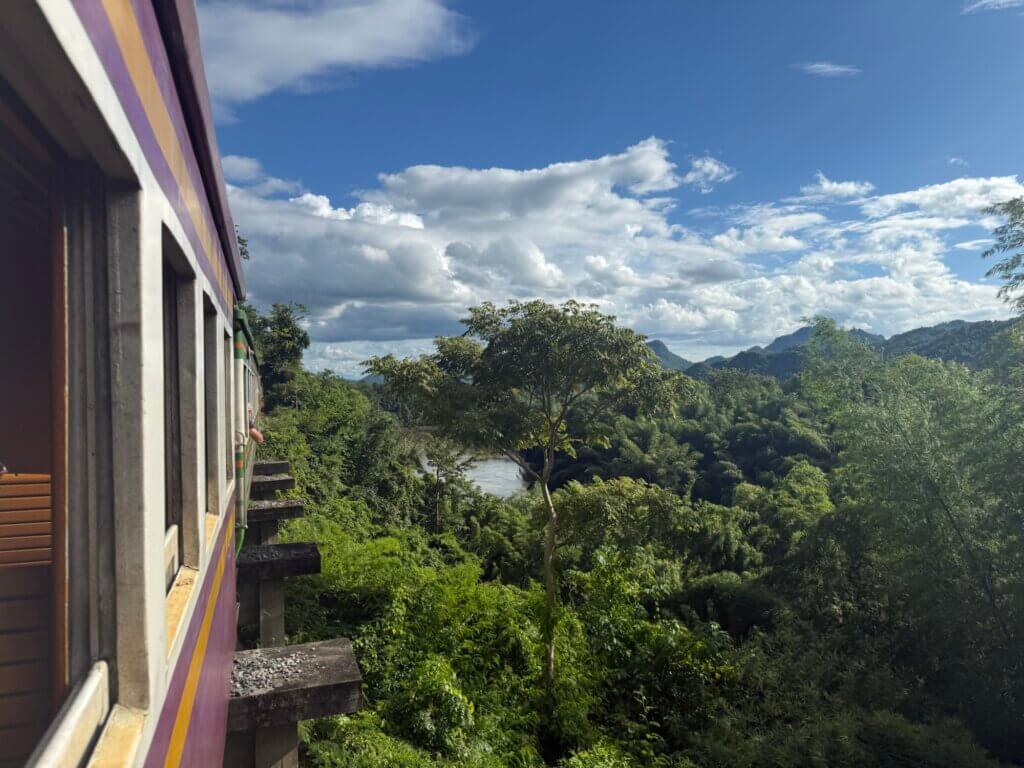
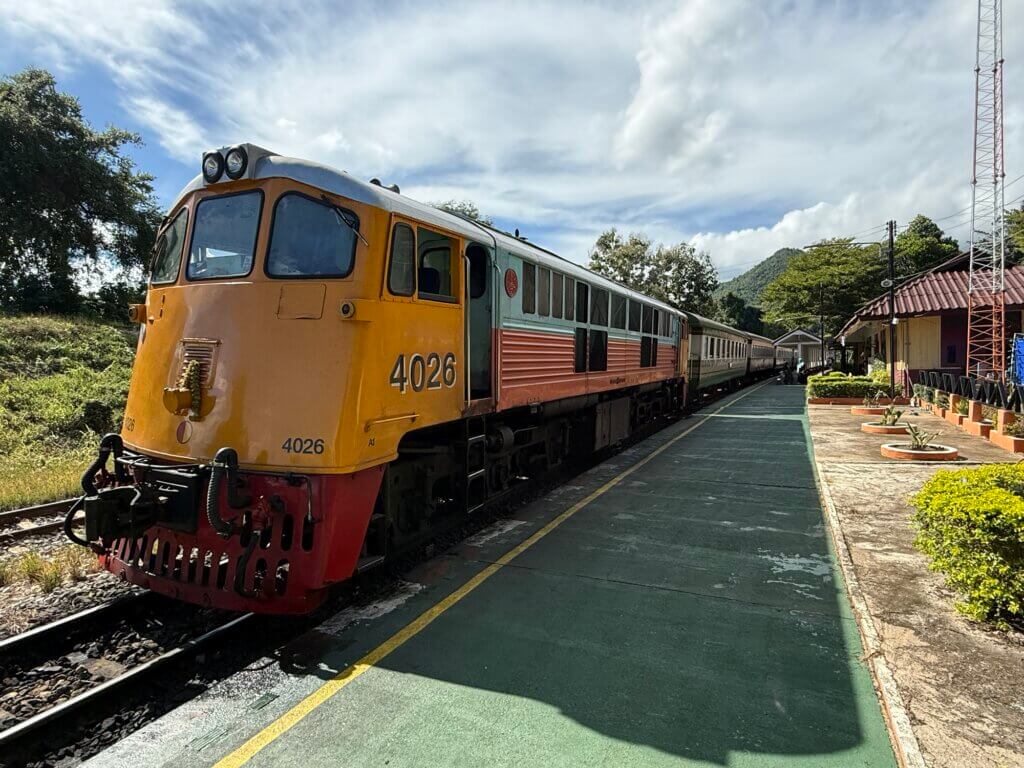
The railway stretched about 415 kilometres from Ban Pong in Thailand to Thanbyuzayat in Burma, cutting through some of the most challenging environments imaginable, such as steep mountains and thick forests. The infamous section of the line is the Kwai Noi River Bridge, which has come to symbolise the atrocities committed during the railway’s construction. The extreme speed at which the railway was built, combined with inhumane treatment of workers, turned it into one of the deadliest engineering feats of the war. The experience of the forced labourers and the massive death toll left an indelible mark on the region’s history.
Today, much of the original railway is no longer functional, but parts of it remain accessible as poignant reminders of those tragic times. The most visited section is the bridge over the River Kwai near กาญจนบุรี, Thailand, which has been partially reconstructed for tourism and commemorates the suffering endured by the labourers. Alongside the railway, several museums, cemeteries, and memorials have been established, most notably the Kanchanaburi War Cemetery, where many of the Allied PoWs who died are buried. Walking tours and guided visits allow travellers to explore the remaining tracks and tunnels, offering a somber reflection on the human cost of war.
The Death Railway today stands as a solemn monument to wartime brutality but also serves as a testament to the strength and endurance of the individuals who lived through it. While the jungle has reclaimed much of the route, the preserved sections and surrounding historical sites draw visitors from around the world, eager to pay their respects and learn about this dark chapter. These places foster understanding and remembrance, highlighting the importance of peace and the horrific consequences that can arise from conflict and exploitation. I took the unclimatised, ancient train from Nam-Tok to the crazy track at Thamkra Sae – a real experience.
Death Railway
กาญจนบุรี
Thailand
Loading map...

